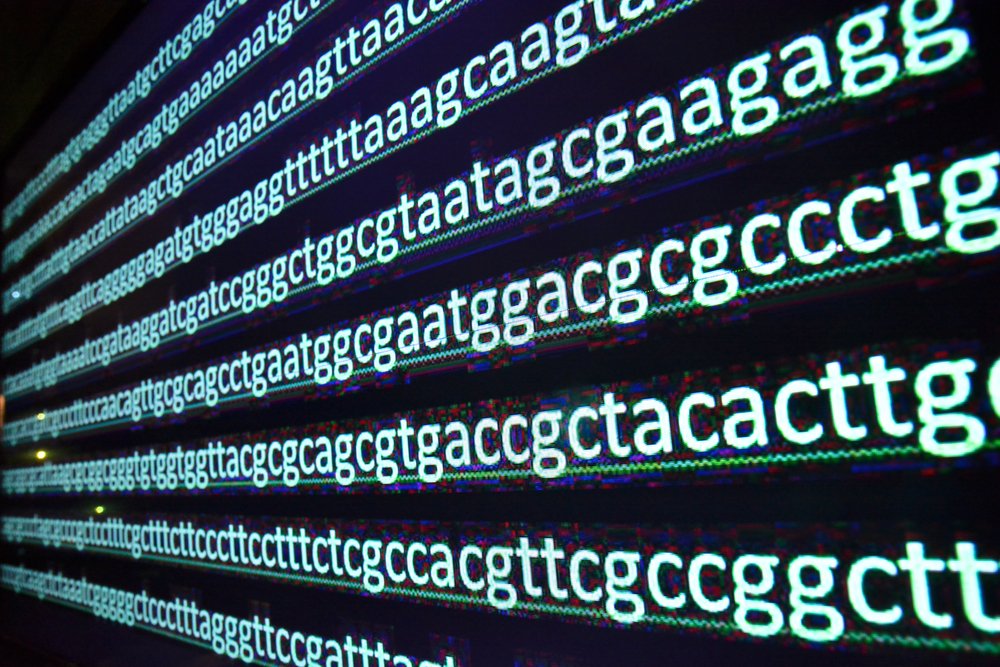Diagnosis of Muscular Dystrophies May Improve with RNA Sequencing, Study Shows

RNA sequencing may help to diagnose rare genetic muscle diseases — including muscular dystrophies — in people, according to the results of an international collaboration between several scientists.
The study, “Improving genetic diagnosis in Mendelian disease with transcriptome sequencing,” was published in the journal Science Translational Medicine.
Several muscle diseases, such as muscular dystrophy, are suggested to have a genetic cause. Patients lose muscle mass and strength, a weakening process that affects muscles at different rates and in different areas of the body, according to the type of muscle disease. In the most severe cases, muscles may cease to function completely.
These diseases are classified in nine major categories, and include 32 types. With a diverse range of how the conditions can present themselves, some being less severe than others, these diseases are often difficult to diagnose. However, the number of treatments has increased significantly but a cure is still missing.
The use of sequencing strategies for the whole genome or one limited to what is known as exome is becoming increasingly common. Exome sequencing means that sequencing is limited to a part of the genome formed by exons, which are the coding portions (leading to proteins) of genes.
These strategies have been proven to be an effective way to diagnose rare genetic disorders, such as those of the muscle. The efficiency of the current techniques, however, is still variable. The success rate for muscle disease varies from 25% to 50%.
Trying to improve sequencing’s efficacy as a diagnostic tool, a team of researchers used another type of sequencing, called RNA sequencing. This is important because gene expression varies according to the tissue and time, meaning that not all genes in the genome are expressed all the time, in all tissues.
This technique that does not sequence the DNA itself, but rather the molecule that is fundamental and is produced when genes become expressed, known as messenger RNA. This molecule is then translated into a protein.
Researchers tested RNA sequencing as a complementary diagnostic tool and used muscle biopsies taken from a cohort of 50 patients whose genetic cause was not identified by exome sequencing.
The team was able to identify 17 cases of muscular dystrophies, representing an overall diagnosis rate of 35%, a major improvement.
Researchers also found a new genetic defected (mutation) that may be linked to a specific type of muscular dystrophy, identifying it in 27 people from a different group of undiagnosed patients. They suspect this mutation might be present in approximately 25% of undiagnosed dystrophies.
“Overall, this study represents a large systematic application of transcriptome sequencing to rare disease diagnosis and highlights its utility for the detection and interpretation of variants missed by current standard diagnostic approaches,” researchers wrote.






